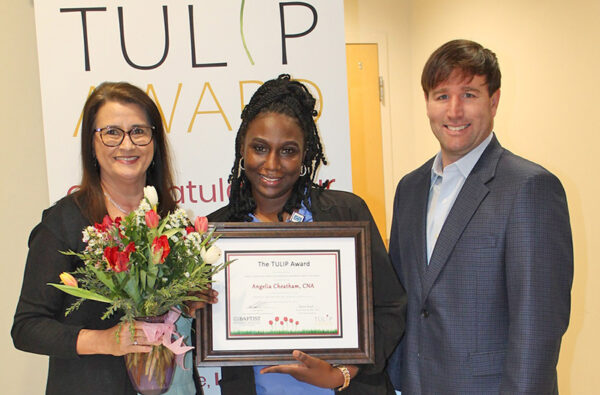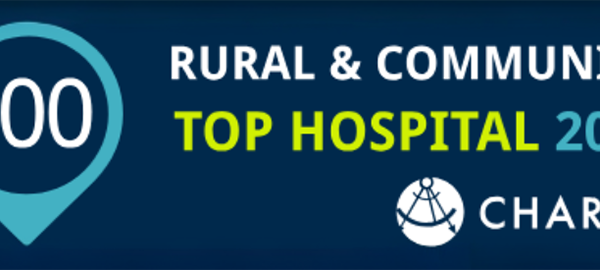With today’s fast pace, most people want more time. But for the team in human resources at Baptist North Mississippi, less time is their goal.
According to Baptist North Mississippi Assistant Administrator Sonia McKeithen, RN, the KATA board concerning hiring is one of 13 KATA boards in place since last fall, with five more about to launch soon. “This is one of our great successes, as it affects everyone in the hospital,” said Sonia.
Baptist North Mississippi Director of Human Resources Josh Lowery and his team began a KATA board in May 2016. “We requested feedback from our hospital leaders and found the biggest opportunity was the perception of how long it took to process applicants,” said Josh. “In human resources, we chose to focus on areas we had the greatest influence, and or impact, on, such as our ability to process an applicant from an offer to clearance through employee health.”
The team identified the following:
Original baseline condition (May 2016): Once human resources received a hiring request from a manager, it took 15.4 days to go from initial contact of an applicant to clearance from Employee Health. For example, Jane Doe is interviewed on one day. She then has to return another day for fingerprinting. Then Jane has to come back again on another day for the employee health exam. “This is difficult for someone who already is employed,” said Josh.
The challenge: To lower the number of days it takes to go through the hiring process from an average of 15.4 to 5.
Obstacles:
- “We had created many self-imposed rules, including completing steps during our process sequentially, rather than concurrently,” said Josh. (Paperwork, employment verification, references, licensure verification, and so on.)
- The applicant has a very limited time in which he or she can take off from work to schedule interviews, fingerprinting, and attend employee health appointments.
- Lacking clarity in the hiring process: “We needed to get into the weeds with our process, including any and all steps throughout our hiring process,” said Josh. “We documented our flow on a large poster and made changes to it regularly as our experiments yielded better outcomes.”
Actions:
“This was a learning curve for all of us, so we began walking through all different experiments,” said Josh. “For example, we forced ourselves to handle some steps concurrently to see what that result yielded. We now tell our managers that if they are interviewing someone whom they wish to hire, walk them down to human resources and we will do the fingerprinting right then (for an approved job), saving the candidate an extra visit back to the hospital. Once results come back, usually within 24 hours, and the background check is completed, we can schedule the applicant to return for their employee health exam. This slight change in process helped us shave time off of our process and provide a better service to our managers and applicants.”
Results:
In March 2017, the number of days to process new hires dropped to 5.9, with an all-time low (thus far) of 5.1 in July.
“When we started and set our goal at five days, we weren’t sure we could achieve it, but we have, and everyone is so pleased. I am very proud of our team” said Josh. “KATA is invaluable in that it asks you to look, question and revisit routines until it yields a desired outcome. We now are looking at first-year turnover as our next KATA project, and we continue to look at the hiring process weekly because we know there is always room for improvement.”






